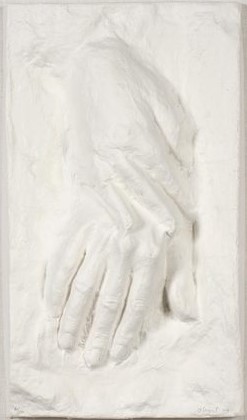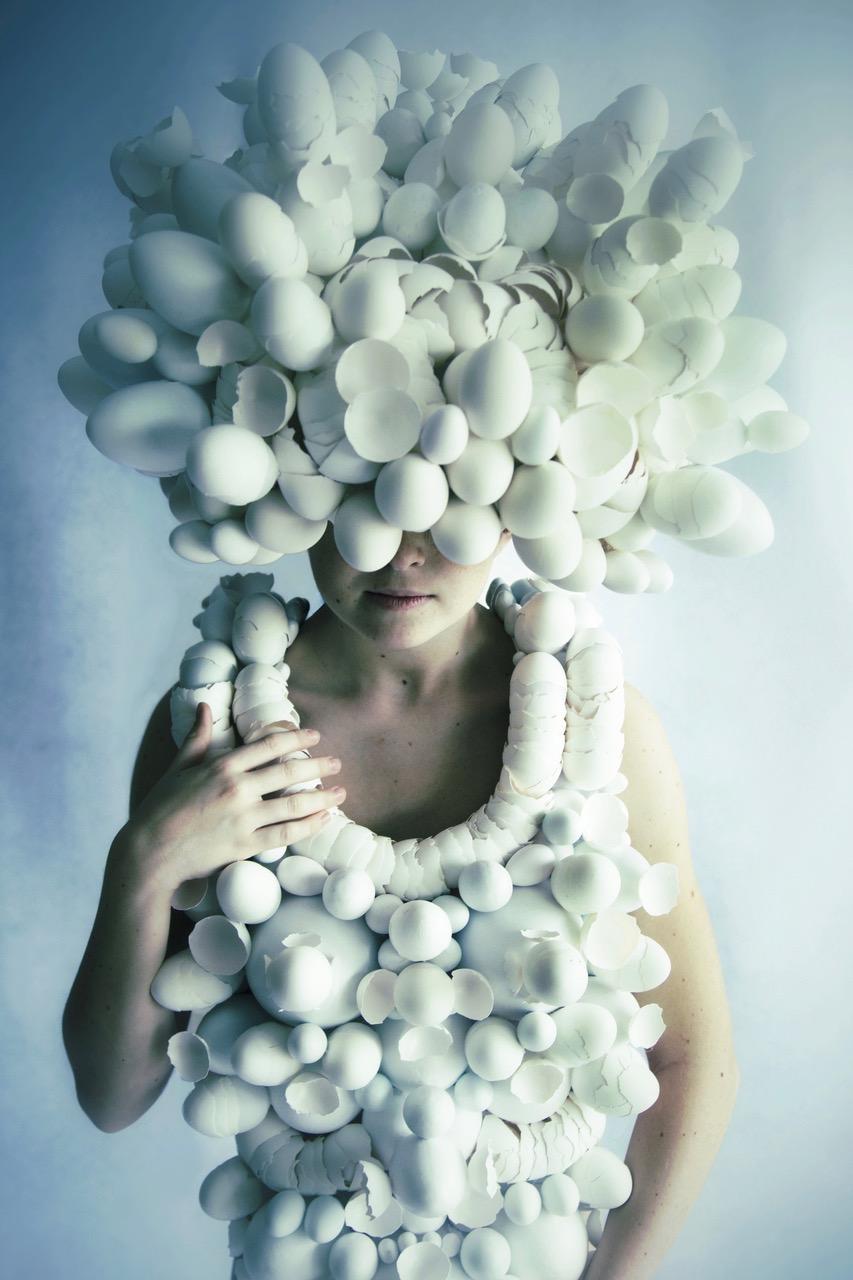George Segal (November 26, 1924 – June 9, 2000) was an American painter and sculptor associated with the pop art movement. He was presented with the United States National Medal of Arts in 1999.
Segal was introduced to the New York avant-garde scene surrounding John Cage and Merce Cunningham, as well as awarded a membership to the Hansa Gallery, where in 1956, for his debut solo show, he exhibited brightly colored, figurative abstract paintings.
In 1960 Segal began exhibiting with Green Gallery, New York, alongside young contemporary artists such as Donald Judd and Robert Morris. Two years later his work was included in New Realists, an exhibition that helped define Pop art, a movement with which Segal had previously been identified, at the Sidney Janis Gallery, New York. He became a member of that gallery in 1965 and had his first museum solo show at the Museum of Contemporary Art, Chicago (1968).
In 1969, after making pastel drawings of plaster body parts around his studio, Segal began a series of partial figure sculptures and wall reliefs. He produced his first bronze sculpture for an outdoor project in 1976. Other public commissions included memorials to the 1970 Kent State shootings, the Holocaust, and gay liberation. In the 1990s, Segal returned to painting and began a series of photo-sculptures using his own photographs. During the last years of his life, Segal made large charcoal portraits of his friends and family, and participated in a documentary film about his life’s work. The film George Segal: American Still Life premiered in 2001, a year after his death in New Jersey.
Segal’s work has continued to be recognized in numerous museum solo exhibitions worldwide.




